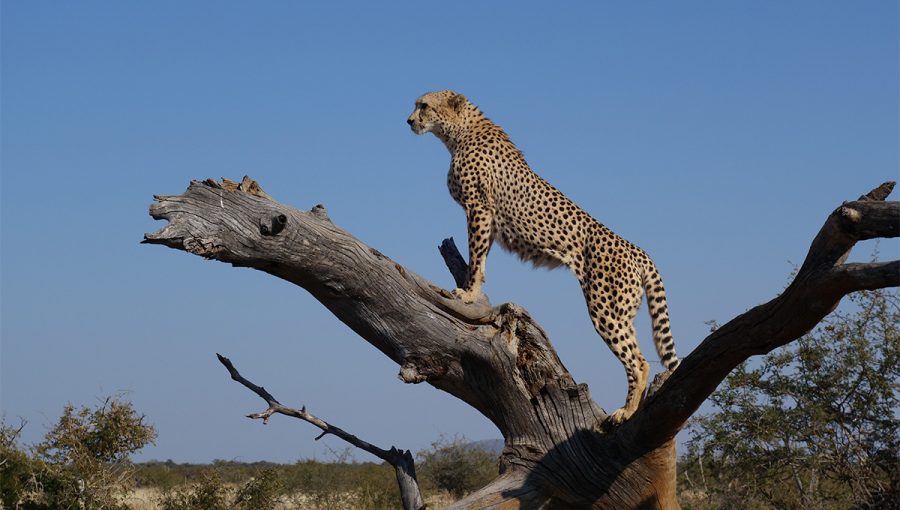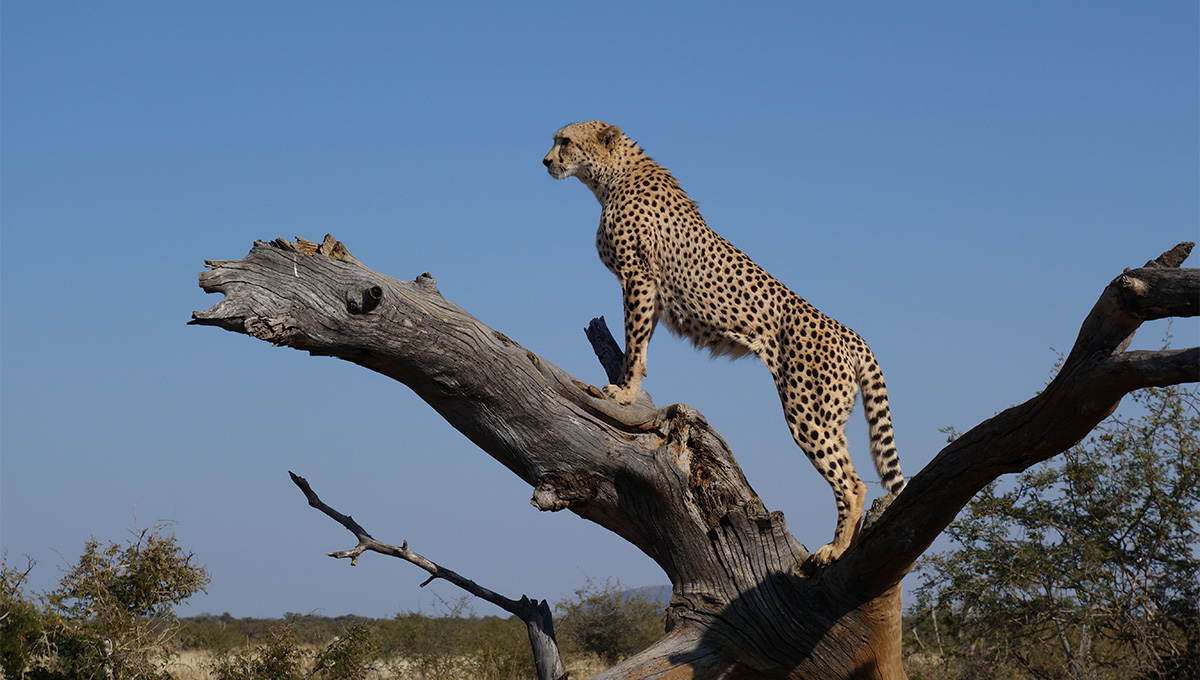
Cheetah from South Africa dies in India
A cheetah brought from South Africa to India has died, wildlife officials said, the second such death within a month in a country where the big spotted cat was declared extinct seven decades ago. LOOK | Kruger National Park | Latest sighting: Elephant near Crocodile Bridge So far, 12 cheetahs from South Africa and eight from Namibia have been brought to […]

A cheetah brought from South Africa to India has died, wildlife officials said, the second such death within a month in a country where the big spotted cat was declared extinct seven decades ago.
LOOK | Kruger National Park | Latest sighting: Elephant near Crocodile Bridge
So far, 12 cheetahs from South Africa and eight from Namibia have been brought to India after its top court ruled in 2020 that the species should be reintroduced.
The male cheetah, named Uday, was found unwell in an enclosure in central India’s Kuno National Park and tranquilised for treatment, but died later in the day, forest official J. S. Chauhan said in a statement issued on Sunday.
Tests are being conducted to determine the cause of death, Amit Mallick of India’s national tiger conservation programme told AFP.
In March, a Namibian cheetah named Sasha died of a kidney ailment.
ALSO READ: Roadblock South African style! Kings of the Kruger rule the road – WATCH
Authorities said they were not informed of the ailment before the Namibian group was flown to India six months earlier.
The reintroduction of cheetahs is a major prestige project for Prime Minister Narendra Modi, who presided over the release of the animals into an enclosure after their arrival.
The programme aims to bring in about 100 cheetahs over the next decade.
The last Asiatic cheetah to roam the sub-continent was believed to have been hunted down in 1947 by an Indian prince, and was declared officially extinct in the country in 1952.
WATCH | Kruger National Park | Latest sighting: Leopards on the move near Olifants
The spotted feline’s reintroduction in India is the first intercontinental relocation of the planet’s fastest land animal.
CHEETAHS MAY STRUGGLE TO ADAPT
Also in March, another Namibian cheetah gave birth to four cubs at the Kuno park, the first since the globally listed “vulnerable” big cat’s extinction in India.
Critics have warned the creatures may struggle to adapt to the Indian habitat due to competition for prey from a significant number of leopards.
Researchers and scientists from the Cheetah Research Project of Leibniz-IZW in Namibia have recently said the relocation programme ignored “spatial ecology” and the size of Kuno National Park was much less than the big cats usually need to thrive.
PICTURE | Kruger National Park | Latest sighting: Cheetah stationary at a road sign
Cheetahs are one of the oldest big cat species, with ancestors dating back about 8.5 million years, and they once roamed widely throughout Asia and Africa in great numbers.
But today, after their extinction from many countries across the Middle East and Asia, only around 7 000 remain, primarily in the African savannahs.
By Garrin Lambley © Agence France-Presse
